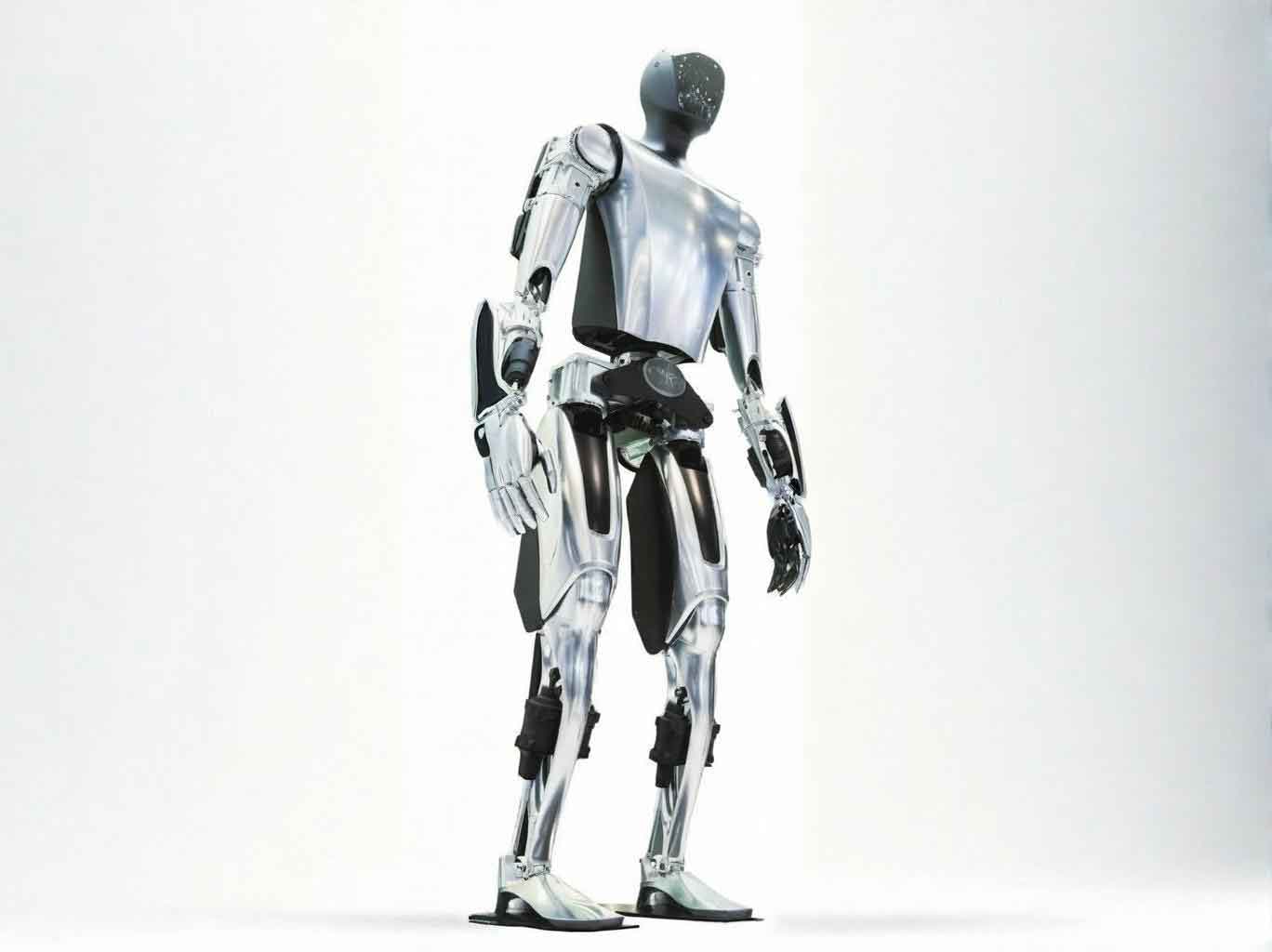Humanoid robots performing martial arts, mechanical dogs conducting power inspections, and exoskeletons enabling effortless mountain climbing—recent viral demonstrations signal the explosive arrival of embodied intelligence. This trend gained national recognition when “embodied intelligence” was explicitly listed in China’s Government Work Report as a strategic future industry. To explore this phenomenon, we gathered insights from delegates, committee members, and industry experts.

1. Integration of Future Tech and Daily Life
Xu Guanyu, NPC Deputy and Chairman of Transfar Group, views this surge as inevitable: “AI drives both technological revolutions and industrial transformation. At Transfar, we actively implement AI to reshape production processes and competitiveness.”
Fang Jingjing, Deputy Director at Zhejiang Development & Planning Institute, observes: “The futuristic appeal of humanoid robots and mechanical dogs demonstrates rapid technological permeation into daily life. While full-scale labor replacement remains distant, embodied robot solutions are emerging for hazardous or labor-intensive scenarios.”
Luo Weidong, CPPCC Member, highlights real-world adoption: “From delivering food to performing lion dances at ceremonies, these embodied robot innovations reflect China’s thriving tech ecosystem and scientific advancement.”
Sun Tizhong, Director of Zhejiang’s Future Industries Department, emphasizes industrial significance: “Humanoid robots represent transformative productivity. Our robust supply chains and manufacturing foundations enable breakthroughs in core components and control algorithms.”
2. Inevitable Outcome from Quantitative to Qualitative Change
Luo Weidong attributes the breakthrough to accumulated progress: “Early embodied robot models followed pre-set commands without genuine learning. Advances in algorithms and computing power—like visual navigation and object recognition—enabled their current capabilities.”
Sun Tizhong dissects the technology: “Three systems enable embodied robot functionality: the ‘brain’ for intelligence, the ‘cerebellum’ for balance, and the hardware for mobility. Maturation of this supply chain allows China to compete globally.”
Fang Jingjing identifies dual catalysts: “Technical maturation coincided with public readiness. Key subsystems reached reliability thresholds just as society grew receptive to these life-integrated solutions.”
Xu Guanyu underscores practical validation: “Technology gains traction by delivering tangible benefits. Transfar’s 500% growth over a decade stemmed from innovation—reinforcing why we champion embodied intelligence.”
3. Strategies for Implementation
Sun Tizhong outlines Zhejiang’s industrial policy: “Our 2024-2027 Humanoid Robot Development Plan leverages Hangzhou and Ningbo’s innovation ecosystems. We’re cultivating manufacturers while advancing core AI systems—enhancing the intelligence of every embodied robot.”
Xu Guanyu advocates cross-sector collaboration: “Embodied robot value emerges through real-world applications. Transfar will open its logistics, manufacturing, and agricultural scenarios as testing grounds for industry-specific solutions.”
Luo Weidong focuses on education: “Universities must reform curricula to include AI fundamentals. We need specialized research units developing domain-specific intelligence to serve sectors like education.”
Fang Jingjing highlights analytical priorities: “Researchers must identify bottlenecks in embodied robot development, optimize resource allocation, and design policies balancing innovation with risk management.”
As these experts concur, the embodied robot wave isn’t fleeting—it’s the vanguard of intelligent integration into human environments. With coordinated efforts across policy, industry, and academia, embodied intelligence promises transformative applications from factories to households.
